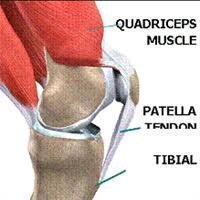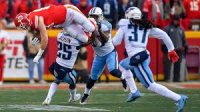Clowney as I've posted numerous times should not be played at DE because of the markedly increased stresses on his knees that is required to come out of a 3 point stance. Although not reported, he assuredly has hip problems (86% of sports hernia patients.......and he had bilateral sports hernia repairs). He not only has his microfracture knee to worry about, his other knee has already required surgery. He's had increasing problems with his left foot and right ankle. This is a pattern of cascading lower joint deteriorations. He's running out of joints to effectively compensate his previous injuries.
Watt will have problems at DE, constantly banging against big bodies. He now also needs to be concerned about his knee coming out of the 3 point (no doubt, despite not being emphasized, with a tibial plateau fracture, he has undoubtedly sustained meniscus and articular cartilage damage). Finally, to be effective as either a DE or an OLB, he needs to be able to swim, twist and go low and come up (low pad level) against strong resistance, not to mention wrapping and tackling............all maneuvers requiring a strong, healthy core.
I am not very confident in either player "lasting" on the field, when in order to avoid all the stresses hazardous to their conditions, they may be left with the only safer option of "bull rushing"...............and hoping not to encounter significant resistance on the way.










